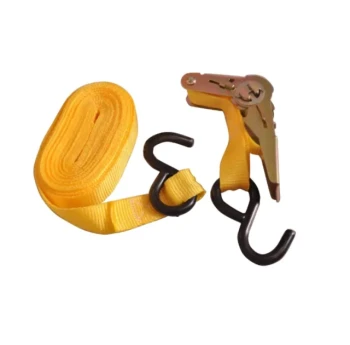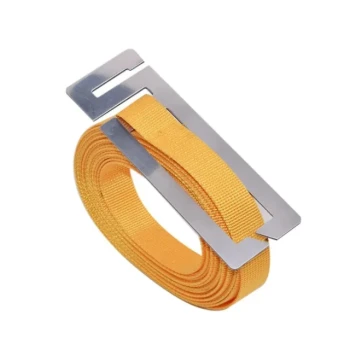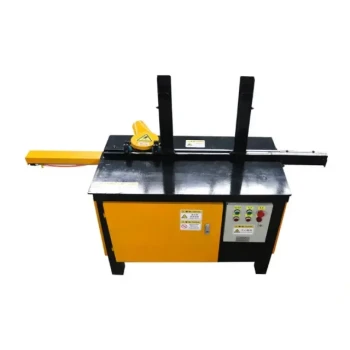The time required for beekeeping is highly variable, not a fixed weekly number. For a beginner with one or two hives, the commitment averages less than an hour per week over the course of a year. However, this time is not distributed evenly; your first year of learning and the busy spring season will demand the most significant investment.
The core truth of beekeeping is that it's a commitment of focused moments, not a constant drain on your time. Success depends on understanding that the workload is seasonal, front-loaded in your first year of learning, and typically requires 20-40 hours per year for a hobbyist's first hive.
Your First Year: The Learning Curve Investment
Your initial year is less about weekly time and more about an upfront investment in education. Think of this as an apprenticeship where you are learning the language and rhythm of the hive.
The Initial Setup
Before your bees even arrive, you will spend several hours purchasing, assembling, and painting your hive equipment. You will also dedicate time to researching local regulations and choosing the optimal location in your yard.
Education and Mentorship
This is a critical, and often underestimated, time commitment. Reading books, taking a local beekeeping course, or finding a mentor will consume many hours but is the single best way to ensure success and prevent costly mistakes.
Slower, Deliberate Inspections
Your first few hive inspections will be slow and methodical. While an experienced beekeeper might inspect a hive in 10-15 minutes, you should budget 30-45 minutes per hive as you learn to identify the queen, eggs, larvae, and signs of disease.
The Beekeeper's Calendar: A Seasonal Breakdown
The work in an apiary is dictated entirely by the seasons. Your weekly commitment will fluctuate dramatically throughout the year.
Spring: The Busiest Season
This is the period of explosive growth. Expect to conduct weekly hive inspections to manage space and prevent swarming. This is your peak time commitment, potentially requiring 1-2 hours per week for a couple of hives.
Summer: Maintenance and Harvest
As the season progresses, inspections may slow to every two or three weeks. The primary time sink in late summer is the honey harvest, which is a significant event, not a quick task.
Autumn: Winter Preparation
Work becomes focused and purposeful. You'll spend a few key sessions feeding your bees, treating for varroa mites, and ensuring the hive is properly configured and protected for the coming cold.
Winter: The Quiet Season
This is your downtime. You might spend a few minutes a month checking the hive entrance on a clear day. Most of your "beekeeping" time will be spent indoors, reading, planning for next year, and maintaining equipment.
Understanding the Trade-offs and Hidden Time Sinks
The time spent directly with your bees is only part of the equation. Several related activities demand significant time and are easy to overlook when planning.
Honey Extraction and Processing
Harvesting isn't just pulling frames from a hive. The process of un-capping the wax, spinning the honey out, filtering it, and bottling it is a sticky, multi-hour job that can easily consume an entire weekend afternoon.
Pest and Disease Management
A healthy hive requires minimal intervention. However, an unexpected mite infestation or disease can require immediate and time-consuming treatments to save the colony. This is an unplanned but critical time expenditure.
Swarm Chasing
If your bees swarm, you may choose to capture them. This can be an unpredictable and exciting adventure that completely disrupts your day, requiring you to act immediately when the swarm settles.
Matching the Commitment to Your Goal
- If your primary focus is a backyard hobby (1-2 hives): Plan for about 30 hours of work per hive in your first year, concentrated heavily in the spring, with the time commitment dropping significantly in subsequent years.
- If your primary focus is producing honey for friends and family (3-5 hives): Expect the time to more than double, not just from hive inspections but from the substantial effort required for a larger harvest.
- If you are exploring a side business (10+ hives): You must budget for time spent on marketing, sales, bottling, and customer service in addition to the sharply increased time in the apiary, which now resembles a true part-time job.
Ultimately, the time you spend on beekeeping is an investment that pays dividends in a deeper connection to your food, your environment, and the natural world.
Summary Table:
| Beekeeping Level | Hives | Estimated Annual Time Commitment | Key Time Sinks |
|---|---|---|---|
| Backyard Hobby | 1-2 | ~30 hours (first year) | Spring inspections, initial learning, winter prep |
| Honey for Family | 3-5 | 60+ hours | Harvesting, increased inspections, processing |
| Side Business | 10+ | A part-time job | Apiary management, harvesting, sales, marketing |
Ready to Start Your Beekeeping Journey?
Whether you're a hobbyist starting your first hive or a commercial apiary scaling your operations, having the right equipment is the first step to efficient, successful beekeeping.
HONESTBEE supplies commercial apiaries and beekeeping equipment distributors with the durable, reliable supplies they need to thrive. We understand that your time is valuable. Our wholesale-focused operations ensure you get the high-quality equipment that saves you time in the long run, from durable hive bodies to efficient harvesting tools.
Let us help you build a stronger apiary.
Contact our wholesale team today to discuss your needs and get a quote on the equipment that supports your beekeeping goals, season after season.
Related Products
- Professional Galvanized Hive Strap with Secure Locking Buckle for Beekeeping
- Versatile Ratchet Hive Strap with S-Hooks for Secure Fastening
- Nicot Queen Rearing Kit for Beekeeping and Grafting in Nicot System
- Heavy-Duty Nylon Beehive Hive Strap with Stainless Steel Cinch Buckle
- Jenter Queen Rearing Kit Complete Set for Bee Breeding
People Also Ask
- How can beekeepers secure the top cover of a hive? Protect Your Colony from Wind and Weather
- How do you loosen a ratchet strap? Master the 180-Degree Release for Easy Unloading
- What are the types of Emlocks available? Choose the Right Strap for Hive Security
- What are hive straps and why are they used? Secure Your Hives Against Wind, Predators, and Transport
- Why are hive straps important for beekeepers? Secure Your Hives Against Wind, Predators & Transport



















